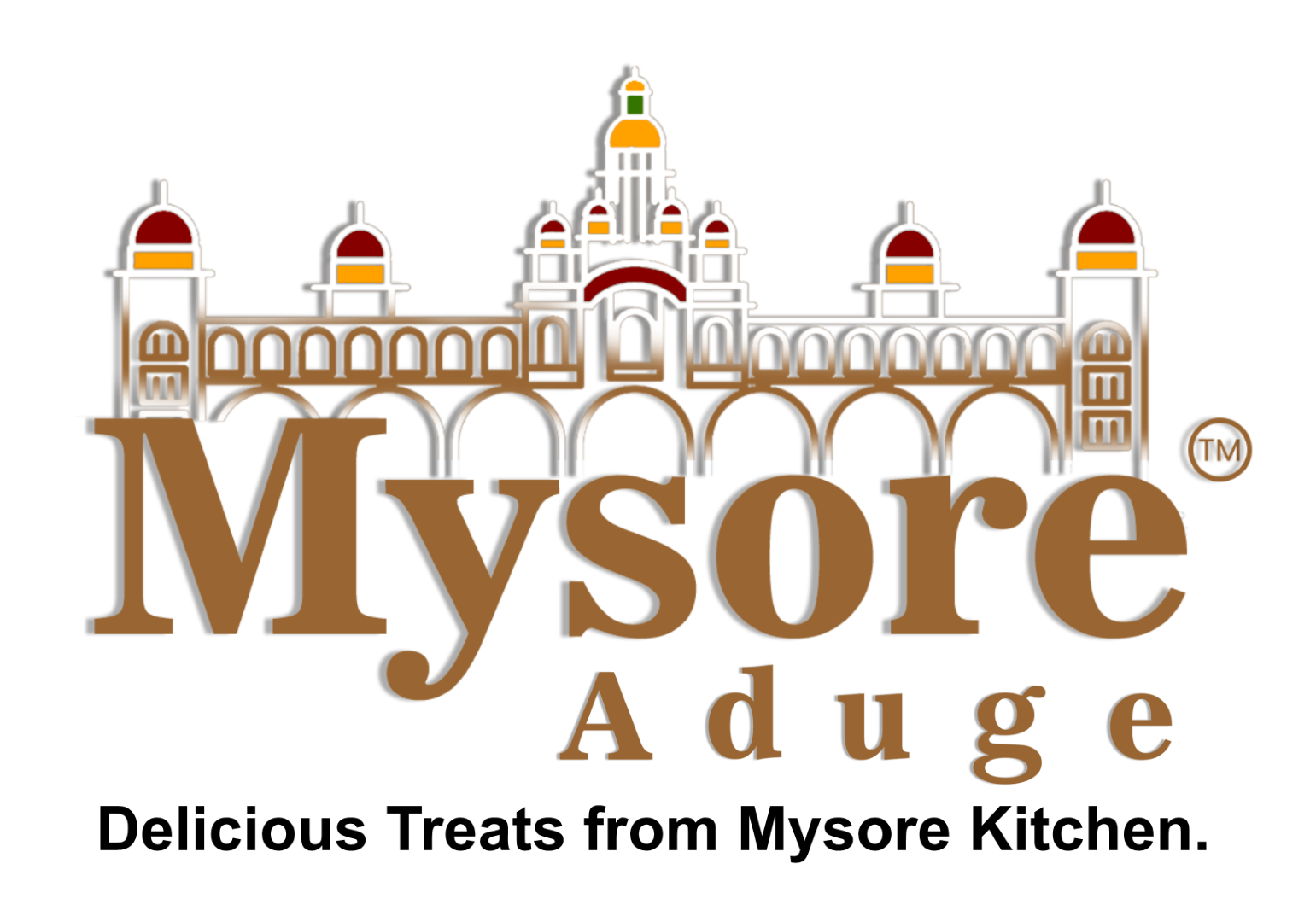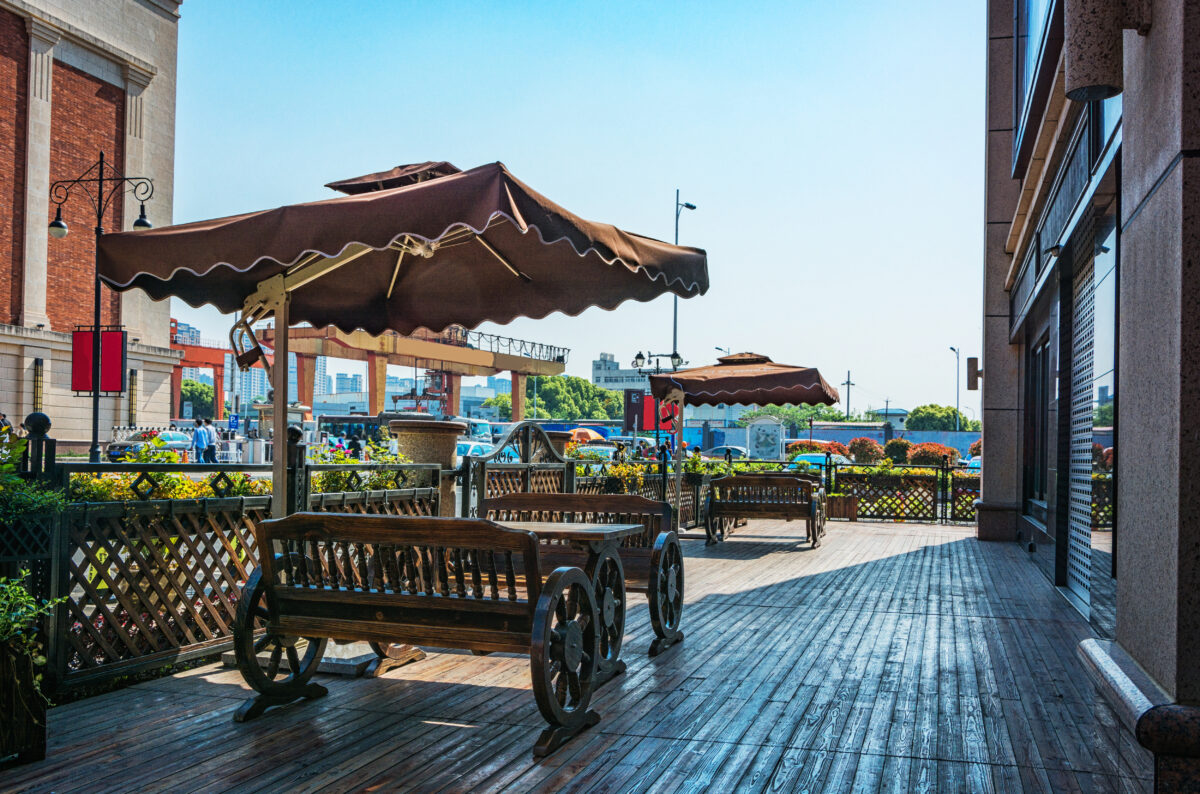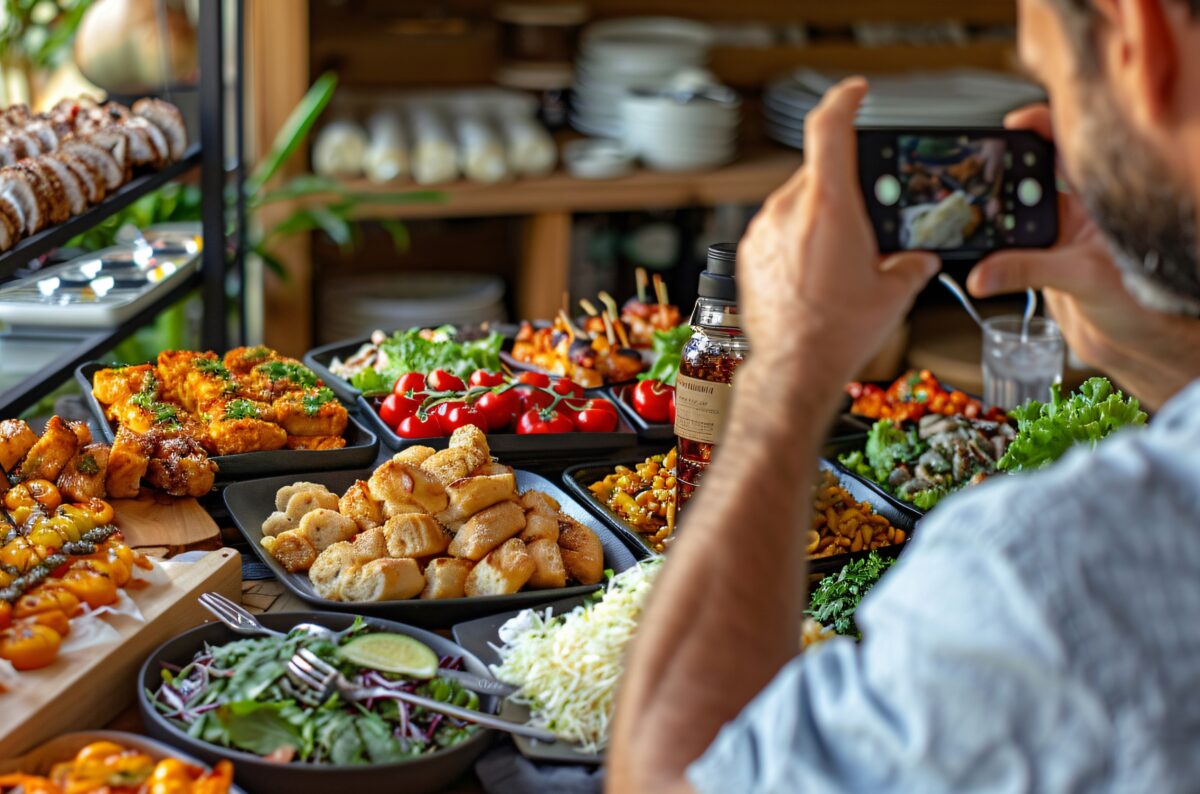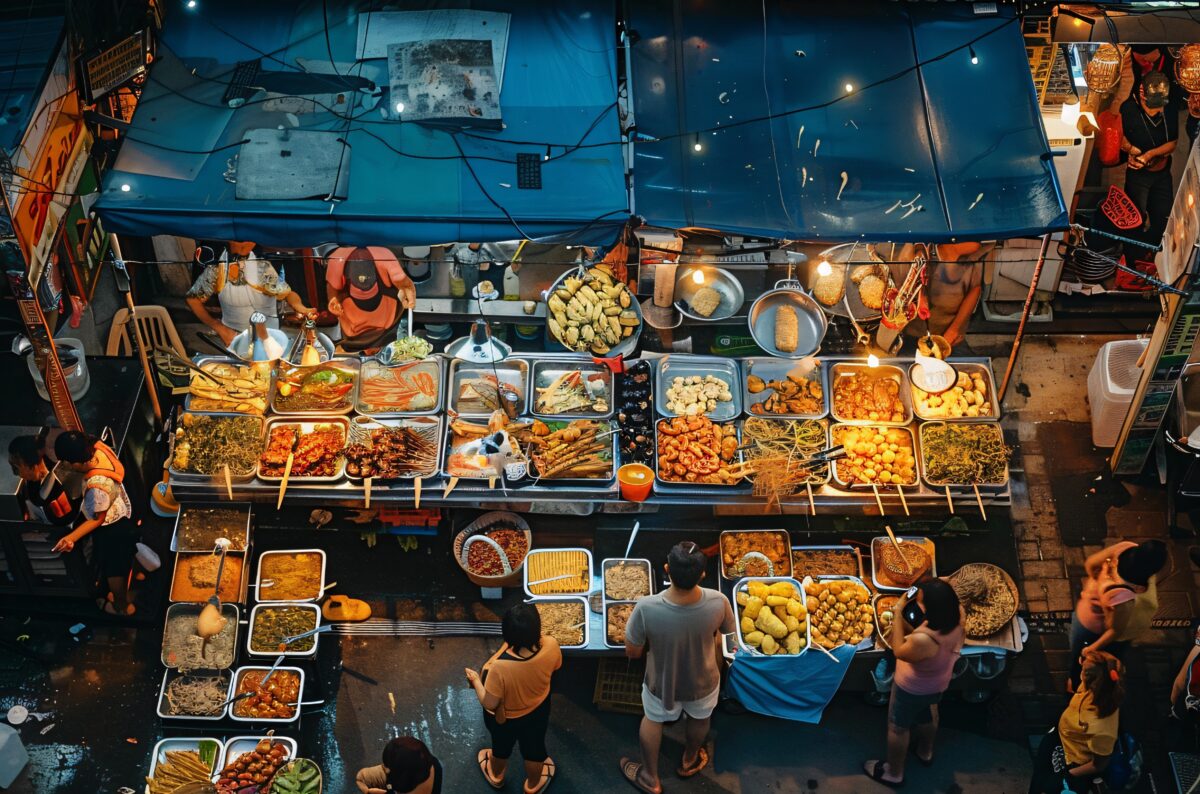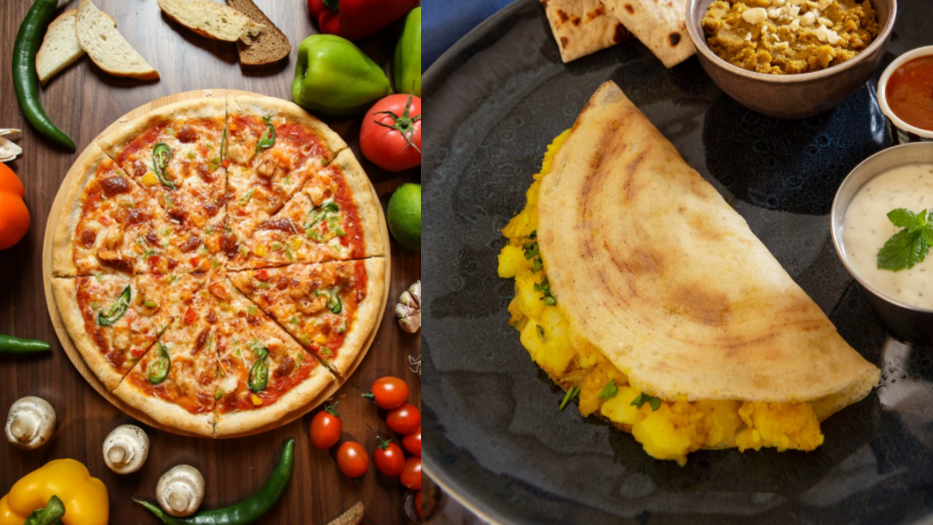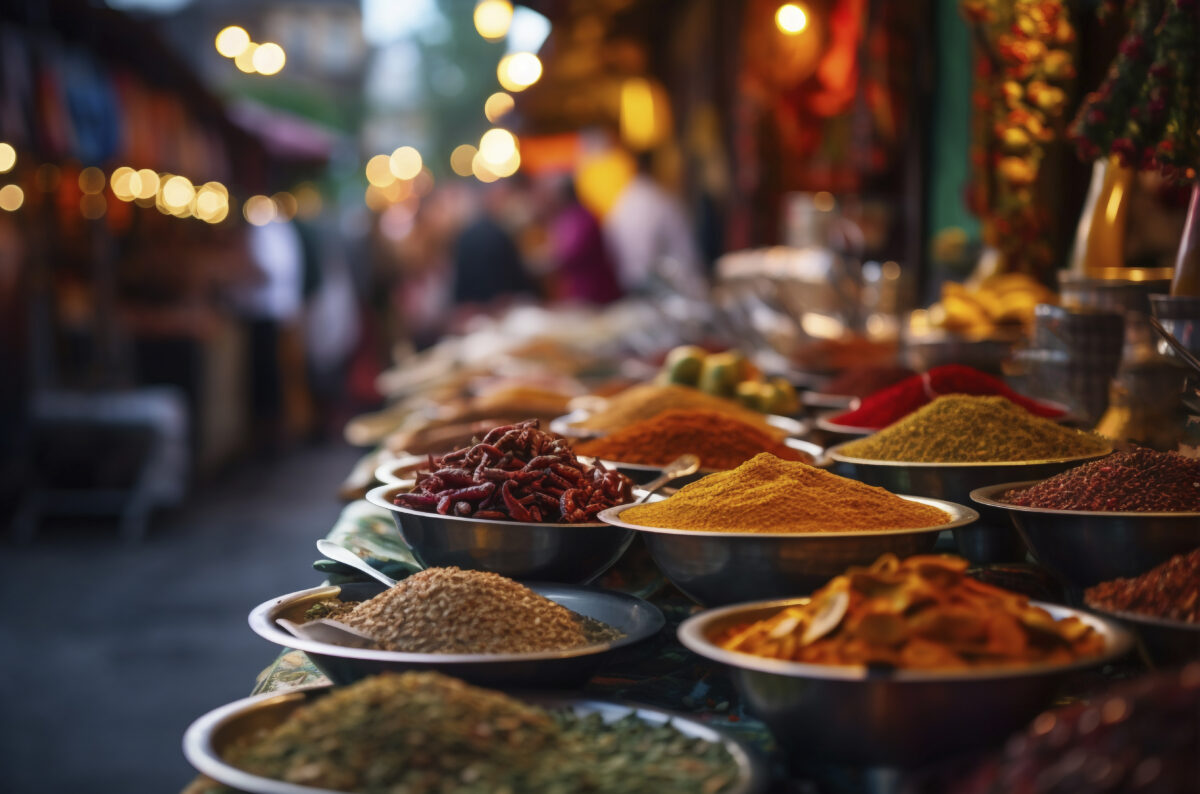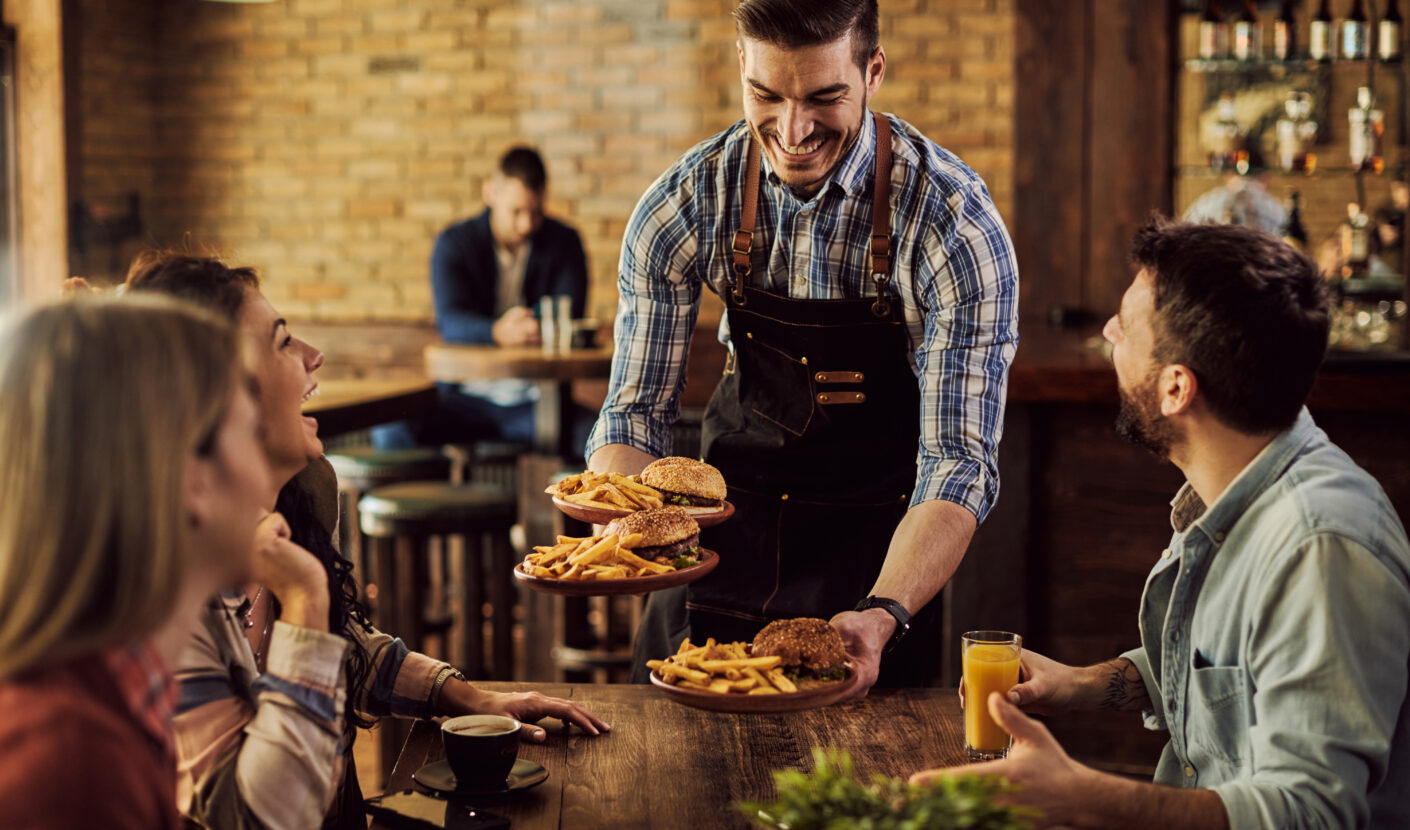
- June 26, 2025
How Many Types of Service in Restaurant Operations? A Detailed Guide for Restaurateurs
If you’re wondering how many types of service in restaurant operations are available and which one is right for your business, you’re in the perfect place. This guide is built to help you understand the essential service types, their pros and cons, and how they impact your restaurant’s identity, costs, and customer experience.
In today’s food industry, knowing how many types of service in restaurant settings exist is vital for any restaurateur, franchise seeker, or culinary entrepreneur. From fine dining to fast food, the way a restaurant serves its guests can make or break its brand perception. In this article, we will explore the major types of restaurant service, including the differences between self service vs table service, a comparison of fine dining vs casual dining, and the fast-paced mechanics of the QSR service model.
If you’re looking to experience various restaurant styles firsthand, Explore South Indian restaurants in Mumbai or South Indian Restaurants in Ahmedabad, each reflecting a unique blend of service and flavor.
Why Understanding Restaurant Service Types Matters
Understanding how many types of service in restaurant settings exist is more than just an academic question—it’s a strategic one. Your choice of service style affects every part of your operation, including how guests perceive your brand, how staff are trained, and how smoothly your kitchen runs.
Here’s why service types matter:
- Customer Experience: The type of service sets the tone for customer interaction. Personalized service elevates fine dining, while speed and convenience boost QSR.
- Operational Costs: Table service requires more staff and time, increasing overhead. Self-service models lower staffing needs and improve efficiency.
- Menu Presentation: A formal, plated menu fits well with table service, while simpler menus work well in self-service or single-point models.
- Brand Identity: Whether you aim to offer elegance, speed, tradition, or innovation, the service style you choose reflects your core values.
Whether you’re launching a new venture or scaling a franchise, knowing how many types of service in restaurant formats are available helps you make the right call.
Main Types of Restaurant Service
One of the most common questions new restaurateurs ask is: how many types of service in restaurant operations exist globally? While interpretations vary, there are generally five widely recognized formats, each suited to different business models and customer expectations.
1. Table Service (Full-Service Dining)
Table service is the most traditional among all types of restaurant service and is typically associated with formal dining settings. Here, guests are seated, menus are presented by staff, and meals are served at the table.
Key formats include:
- English service (family-style sharing)
- American service (pre-plated food served directly)
- French service (food prepared or finished at the table)
- Russian service (food presented and served from a platter)
- Silver service (formal white-glove dining)
- Gueridon service (cooking or flambéing at the table)
Best suited for:
- Fine dining restaurants
- Upscale hotel restaurants
- Elegant casual dining with full-course meals
This format is perfect when aiming for a premium, personalized experience. It’s also where most distinctions between fine dining vs casual dining become evident.
If you’re inspired to start a high-end Indian concept, check out how to open a restaurant in India and restaurant franchise costs.
2. Assisted Service
Assisted service blends customer self-help with some staff involvement. It’s commonly seen in casual buffets, cafeterias, or service counters.
What it looks like:
- Guests select their food from a buffet or display
- Staff may help serve drinks or handle billing
- Seating may be guided or left to guests
Ideal for:
- Office canteens
- Casual buffets
- High-volume, cost-sensitive eateries
If you’re analyzing how many types of service in restaurant setups allow faster turnover with moderate staff input, assisted service is a solid middle ground.
3. Self-Service
Self-service is designed for speed and minimal interaction. Guests serve themselves, typically ordering at a counter or kiosk.
Features include:
- Digital or physical self-ordering stations
- Food pickup from counters
- No waitstaff involved
Used in:
- Quick Service Restaurants (QSRs)
- Food courts
- Self-serve South Indian tiffin centers
It’s often the foundation of the QSR service model, especially in modern, app-driven restaurants.
Thinking of launching a dosa QSR? Explore our dosa franchise in India to build a fast-moving, scalable brand.
4. Single-Point Service
Single-point service combines ordering, payment, and food pickup at a single location. It’s efficient, simple, and customer-friendly.
Examples of single-point setups:
- Coffee shops
- Ice cream parlors
- Kiosks and takeaways
- Food trucks
Benefits:
- Quick setup and minimal staffing
- Great for compact spaces
- Low operational cost
This model is also prominent in hybrid QSR service models, where digital ordering may complement counter service.
This model is especially effective for low-cost food franchise setups in high-footfall areas like malls or metro stations.
5. Special Services
Special services cater to specific scenarios or environments. They are customized and context-driven.
Includes:
- Room service (hotels)
- Tray service (airlines, hospitals)
- Home delivery
- Drive-through
- Lounge service (business class travelers)
These services add convenience and are often tech-driven in today’s post-pandemic era.
So, how many types of service in restaurant settings can you consider? These five categories—when adapted creatively—can cover nearly every restaurant concept in the world.
Self Service vs Table Service
The debate between self service vs table service is crucial for anyone planning their restaurant layout and staffing.
Let’s break it down into core aspects:
Self Service:
- Customers place their order and collect their food independently
- Minimal staff needed
- Faster turnaround
- Lower operational costs
- Best suited for QSRs, cafeterias, and food courts
Table Service:
- Guests are seated, and staff handle all service elements
- More personalized, luxurious experience
- Higher cost of operation
- Requires trained waitstaff
- Ideal for fine dining and themed restaurants
Understanding self service vs table service helps determine your customer flow, ambiance, and menu structure.
Fine Dining vs Casual Dining: Service Expectations
When comparing fine dining vs casual dining, the service expectations shift dramatically, even though the food may sometimes be of similar quality.
Fine Dining Characteristics:
- Elegant ambiance and decor
- Sophisticated service (like Gueridon or French service)
- Formal dress code
- Multi-course meals
- Higher pricing due to enhanced service and ingredients
Casual Dining Characteristics:
- Comfortable, informal setting
- Standard menu with combo options
- Table or assisted service
- Lower prices, faster turnover
- Family-friendly atmosphere
The biggest differences in fine dining vs casual dining revolve around service style, staff training, and pricing models.
QSR Service Model: Streamlining Speed and Scale
The QSR service model (Quick Service Restaurant) is one of the most scalable and profitable restaurant formats in modern food service. It emphasizes fast ordering, efficient food prep, and minimal human interaction.
Features of the QSR service model:
- Menu is limited and highly standardized
- High-speed service, often with automation
- Frequent use of kiosks, apps, and digital menus
- Strong focus on takeaway or drive-through
- Consistency across multiple franchise locations
Common examples include Domino’s, KFC, Subway, and many South Indian idli-dosa outlets now embracing this format.
If you’re thinking about how many types of service in restaurant concepts allow rapid expansion, QSR is the answer.
Choosing the Right Service Style for Your Restaurant
Choosing a service format isn’t just about copying a trend—it must match your business model.
Ask yourself:
- What is your budget?
- Who is your target customer?
- Do you have skilled staff or need minimal operations?
- Are you running a franchise or an independent outlet?
- What kind of food do you serve—elaborate meals or fast-moving items?
Modern restaurants are increasingly adopting hybrid models, like QR-code ordering with tableside delivery or app-based payment combined with kiosk pickup.
Ultimately, knowing how many types of service in restaurant models are available helps you mix and match for efficiency and innovation.
Future of Restaurant Service: Tech and Experience
As the food service industry evolves, technology is playing a key role in redefining how restaurants operate. New service types are emerging that blend tech with customer experience.
Trends reshaping service models:
- QR code menus and touchless payment
- AI-powered order prediction in QSRs
- Smart trays and robotic servers
- Virtual kitchens and app-based cloud delivery
- Interactive dining like chef’s tables and live cooking stations
Technology is expanding the boundaries of how many types of service in restaurant models can exist, and it’s crucial to stay ahead of the curve.
Final Thoughts
Your restaurant’s service model isn’t just a logistics choice—it’s a branding decision. The type of service you offer reflects your values, your customer promise, and the kind of experience you want to deliver.
When you’re deciding how many types of service in restaurant models you should explore for your business, think beyond function. Think experience, efficiency, and emotion.
Build a restaurant that serves not just food—but memories.
Franchise Opportunity with Mysore Aduge
Looking to bring the flavor of South India to your city with a trusted, time-tested brand?
Mysore Aduge offers an exciting opportunity to join one of India’s most beloved South Indian vegetarian franchises. With authentic recipes, streamlined operations, and complete franchise support, you’ll be investing in a restaurant model that honors tradition while embracing modern efficiency.
Join a business model that values both flavor and service.
Frequently Asked Questions
There are five widely recognized types: Table service, self-service, assisted service, single-point service, and special services like home delivery or room service.
Self-service involves customers serving themselves with minimal staff interaction, while table service involves staff attending to guests at their table from ordering to payment.
Single-point or self-service is ideal for small restaurants due to low overhead and efficient operations.
QSR examples include McDonald’s, Domino’s, and KFC. Fast-casual services include Subway and many modern Indian vegetarian outlets using the QSR service model.
More personalized services like table service usually result in higher pricing due to staff costs and service expectations, whereas self-service models allow for lower menu prices.
Yes. Hybrid models are becoming popular, especially
Absolutely. Many South Indian restaurants use the QSR model for items like idli, dosa, and vada due to fast preparation and high volume.
Yes. Customers return not only for good food but also for the quality of service. The right service type enhances their overall experience.
